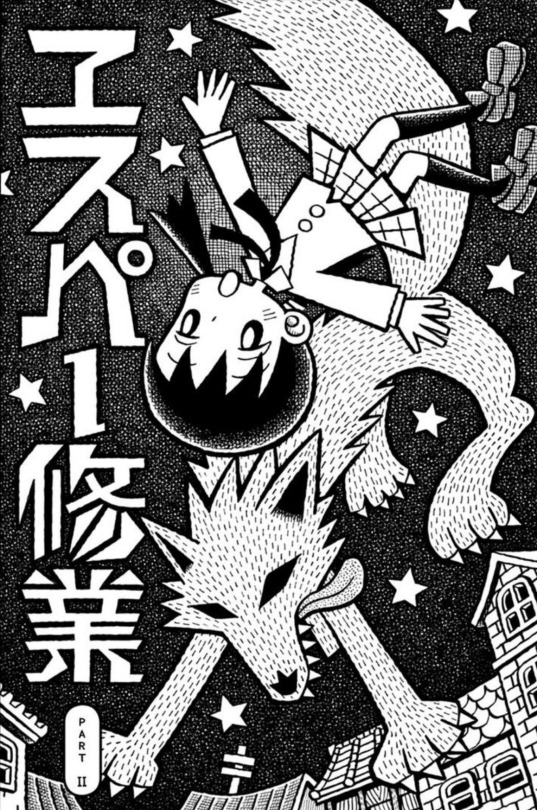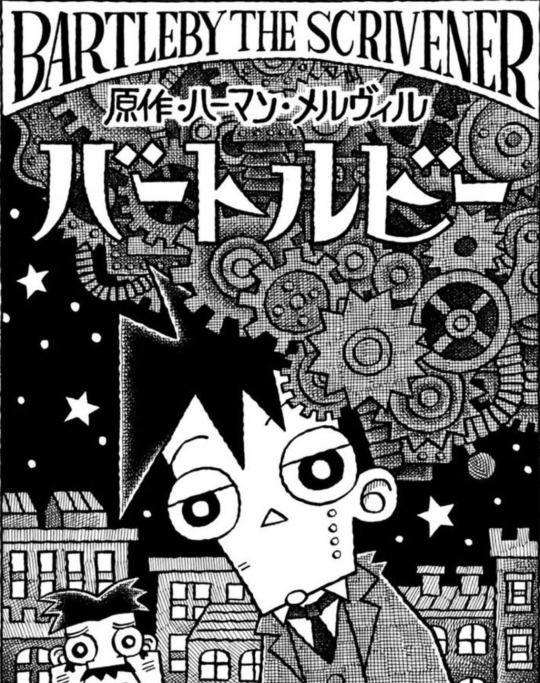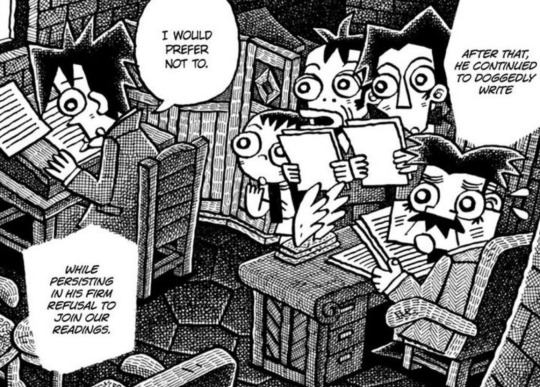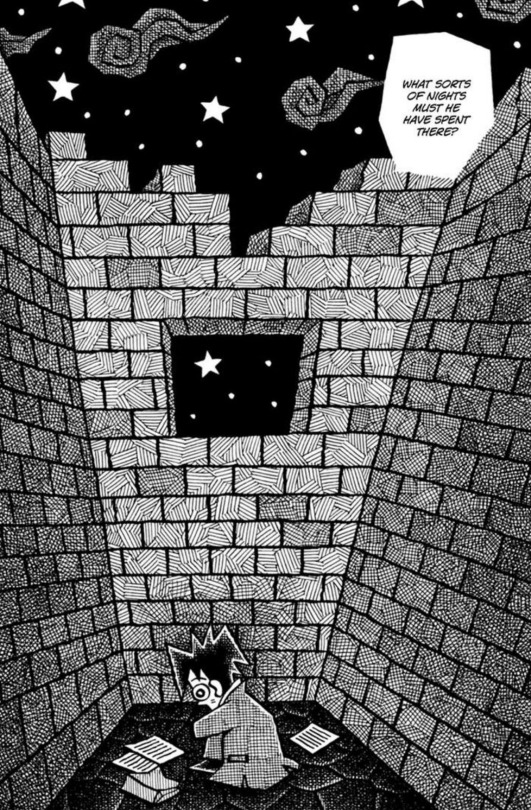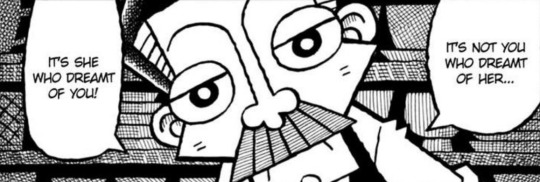#naoto yamakawa
Text

Naoto Yamakawa, 'The Dream that Continues' (2002).
山川直人「続いていく夢」(2002年)
87 notes
·
View notes
Text

naoto yamakawa’s coffee mou ippai || 山川直人の『コーヒーもう一杯』
120 notes
·
View notes
Photo
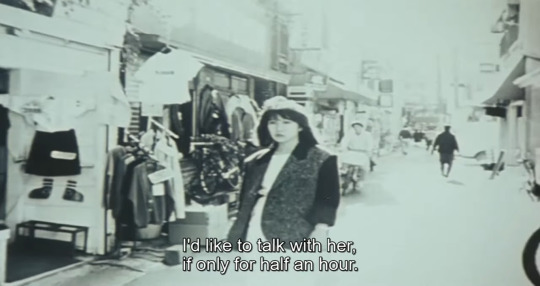
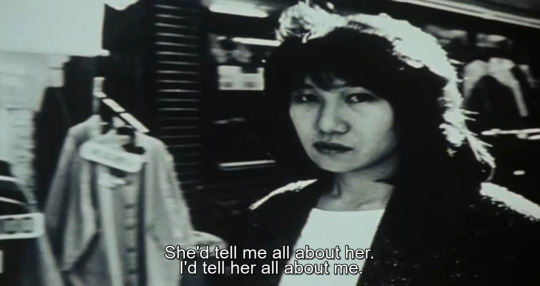

a girl, she is 100% (1983)
17 notes
·
View notes
Photo

Naoto Yamakawa
- So What
1988
100 notes
·
View notes
Photo

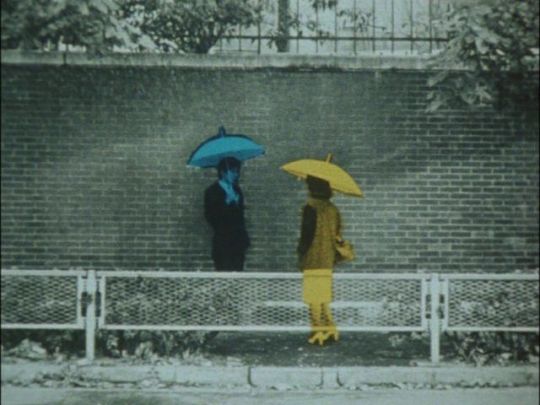

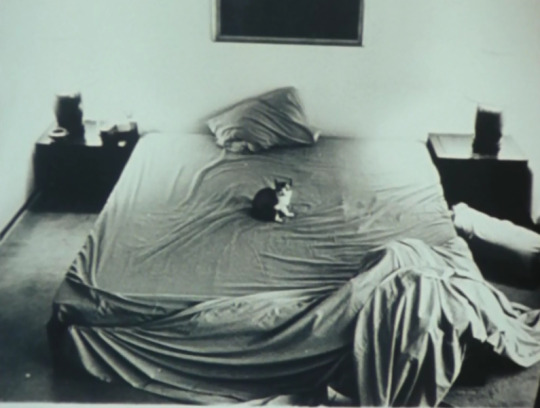
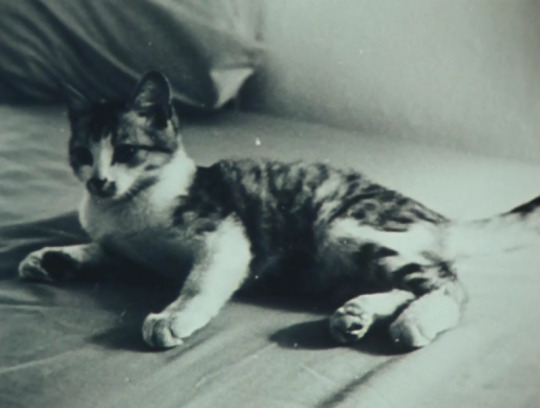

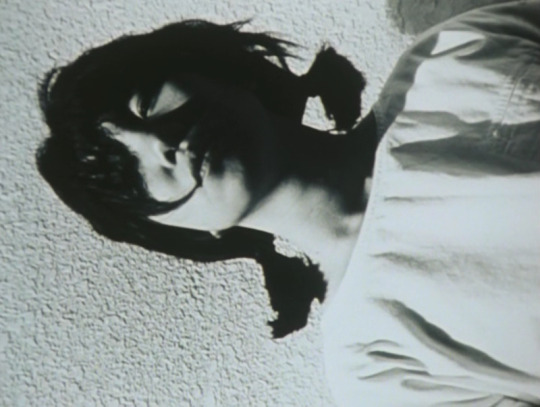






100% no onna no ko (1983), dir. Naoto Yamakawa
42 notes
·
View notes
Text

Yamakawa Naoto
コーヒーもういっぱい
Another Cup of Coffee
1 note
·
View note
Video
youtube
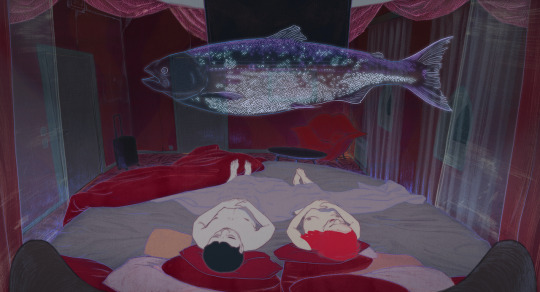
'BLIND WILLOW, SLEEPING WOMAN' REVIEW: ANIMATING THE STORIES OF HARUKI MURAKAMI
When it comes to contemporary Japanese literature, and its popularity in the Western world, very few authors can boast of having the same influence as Haruki Murakami. Known for his unique take on magical realism, Murakami has written several fascinating novels, such as Norwegian Wood and Kafka on the Shore, among many others.
While most readers are familiar with Murakami’s literary experiments, there have been some notable film adaptations of his works as well. Ranging from Naoto Yamakawa’s charming adaptation of On seeing the 100% perfect girl one beautiful April Morning to Ryusuke Hamaguchi’s modern masterpiece Drive My Car, the cinematic medium has proven to be an interesting destination for Murakami’s creations. The latest addition to this lineage is Pierre Földes’ recent animated work Blind Willow, Sleeping Woman.
Adaptations are notoriously tricky, and translating Murakami’s dense, literary magical realism to the screen is an undoubtedly arduous task. However, Földes found the right approach by deciding to use animation to create a hybrid amalgamation of various short stories written by Murakami. Incorporating narrative strands from six different shorts, Blind Willow, Sleeping Woman is a surprisingly moving meditation on personal and collective loss.
Set during the aftermath of the devastating 2011 earthquake and tsunami in Japan, Földes’ film primarily focuses on the lives of two employees at the Tokyo Security Trust Bank. While one of them copes with the disappearance of an unhappy wife who runs away, the other embarks on a schizophrenic adventure with a Nietzsche-quoting frog to save Tokyo from another natural disaster. It’s a strangely hypnotic collection of vignettes that sucks you into a surreal world built with cascading layers of realism.
During a conversation with IndieWire, Földes explained that he was initially drawn to this incomprehensible depth. The director said: “I had no idea what I was going to make of it, but it’s actually important that I have no idea because I wasn’t trying to take this and model it exactly to my idea, or taking it and adapting it exactly. It was more that I am attracted to this, and I don’t know exactly what is attracting me to it. There’s something deep to them, and because of that depth, I feel there’s room to explore these stories and to find these things in myself.”
Blind Willow, Sleeping Woman works as an ecocritical allegory, featuring the idea of a worm that lives underground and absorbs the violence and destruction of the Anthropocene before eventually lashing out. It’s also a commentary on hyper-capitalist frameworks, showcasing how the corporate lifestyle slowly sucks out every inch of your soul and erases your identity. Although these themes are obviously important, the most interesting aspect of Földes’ film is the animation style.
With a delightfully unfinished quality to it, the visual language of Blind Willow, Sleeping Woman functions like a hallucinatory dream that we cannot wake up from. It’s just as solipsistic as a dream as well, regularly portraying background characters in public spaces as translucent figures who move as ephemeral entities. However, there’s a glaring incongruence between the animation, the world it depicts and Földes’ screenplay.
The English-language dialogue feels out of place in the film, almost as if it’s a broken bridge between two separate registers of reality. Even though it will probably be a good introduction to Western audiences who aren’t fond of reading subtitles, the awkward implementation of English within a specifically Japanese macrocosm just doesn’t work.
7 notes
·
View notes
Text
A Girl, She Is 100% (1983)
Director: Naoto Yamakawa
Story by: Haruki Murakami

2 notes
·
View notes
Photo

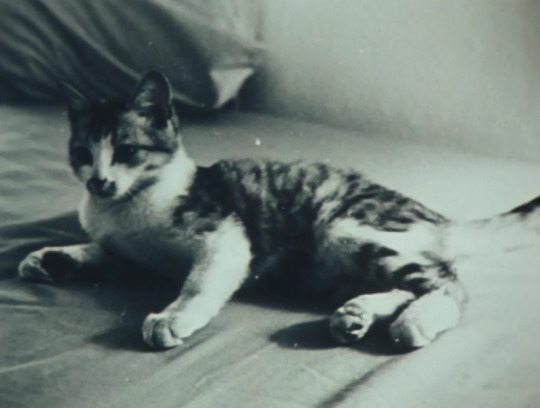
100% no onna no ko (1983), dir. Naoto Yamakawa
4K notes
·
View notes
Text
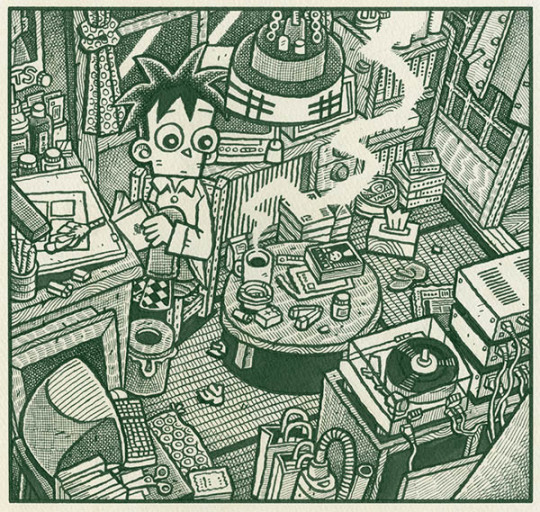
Naoto Yamakawa "In the room (2006)"
山川直人「部屋の中(2006)」
39 notes
·
View notes
Photo
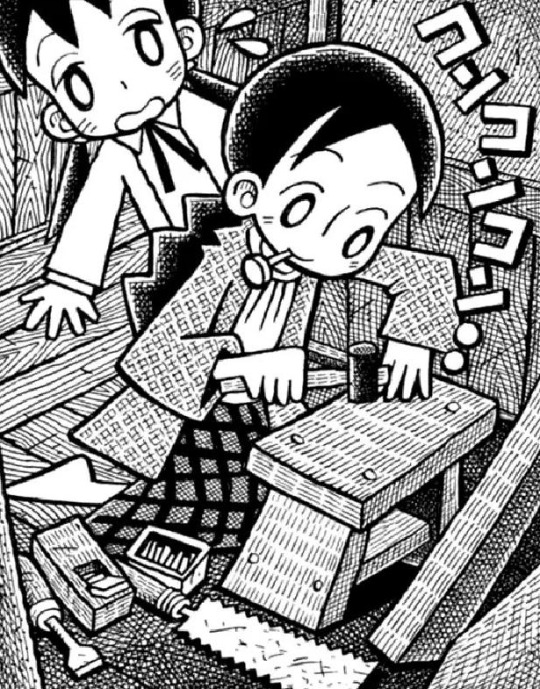
naoto yamakawa’s yoru no taiko || 山川直人の『夜の太鼓』
134 notes
·
View notes
Photo

14 notes
·
View notes
Photo
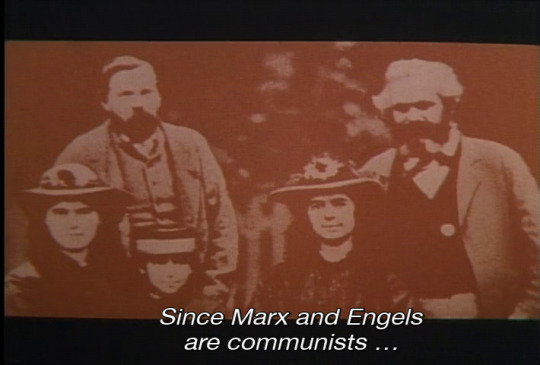
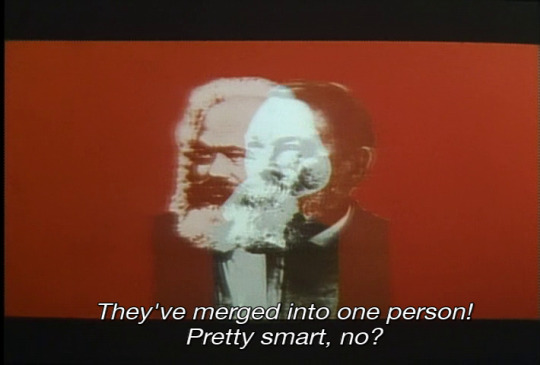

Naoto Yamakawa
- The New Morning of Billy the Kid
1986
#naoto yamakawa#山川直人#the new morning of billy the kid#ビリィ★ザ★キッドの新しい夜明け#戸浦六宏#Rokkō Toura#rokko toura#karl marx#engels#marx#friedrich engels#マルクス・エンゲルス#japanese film#1986
89 notes
·
View notes
Photo

NAOTO YAMAKAWA /
Auteur rare de la scène manga contemporaine, prochainement édité en France chez Pika Graphic avec un premier titre traduit Une douce odeur de café (février 2018).
Le petit monde distordu de Naoto Yamakawa, poétique et pittoresque, pourra ainsi se frayer un chemin aux côtés de la mélancolie de l’auteur de Tohu Bohu, Shin’ya Komatsu.
12 notes
·
View notes

